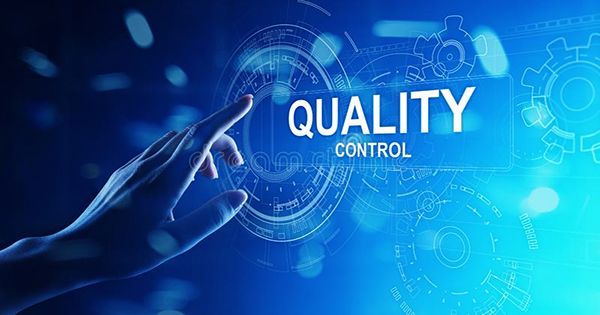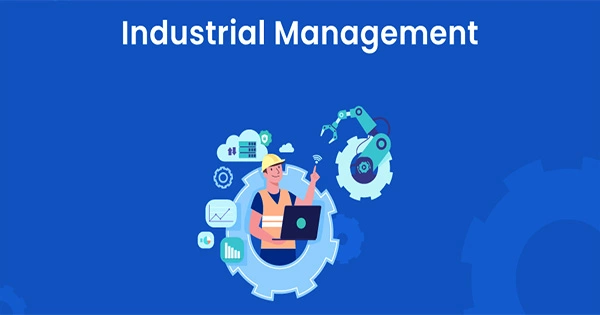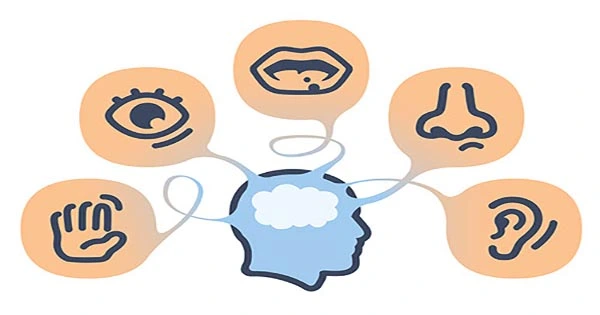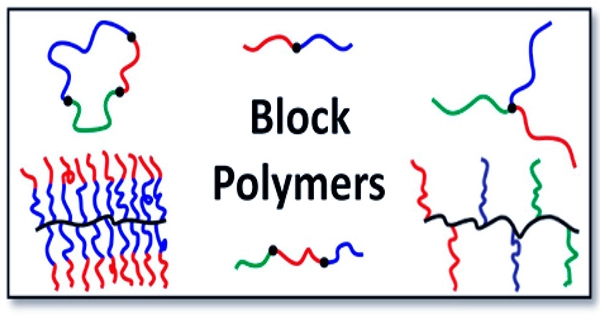Quality is the continuous process of identifying, foreseeing, and meeting both explicit and implicit demands in partnerships. Understanding quality and how it connects to the project is crucial for managing project quality. Quality was originally defined by Joseph M. Juran, who is regarded as the father of quality, as “fitness for use.” In the sixth edition of “Juran’s Quality Handbook,” this definition was changed to “fitness for purpose.” Additionally, Juran stressed two aspects of quality that are essential to control it: the absence of flaws and characteristics that cater to client wants.
In terms of project quality, it’s crucial to satisfy client demands without “gold plating” the deliverables with pricey features that the customer will either find unnecessary or of little value. Quality is “the extent to which a set of intrinsic qualities fulfills requirements,” according to the Project Management Institute.
Product features: Quality is sometimes described in terms of a product’s features. A luxury vehicle with an emphasis on elegance, for instance, might have matching walnut burl veneers, exotic leather seats, a luxurious instrument panel, whitewall tires, top-tier performance, and a service program that treats its owners like royalty. Because superior quality in this scenario may allow for premium pricing, product characteristics will in this case have a significant impact on firm revenues.
Freedom from deficiencies: Another definition of quality states that it is the absence of flaws in a good or service. Consider a tiny car using the car as an example, one with few repairs, no engine issues, a paint finish that doesn’t rust, and easy car maintenance. As a result of the fact that improved quality results in fewer warranty claims, fewer rework requests, and fewer customer complaints, freedom from flaws has a significant impact on cutting costs for the business in this situation.
So, in the end, a product’s features and lack of flaws work together to meet client needs. As a result, we should define quality in the context in question, for instance, the quality of a product, a service, a way of life, etc.
Production perspective: Conformity to requirements is one way to define quality. The extent to which a product complies with design requirements, providing a satisfaction factor that meets all of a customer’s expectations. Products are made and controlled in accordance with normative regulations recognized by the market so that, in the event of a regulatory body examination, the product demonstrates that it complies with the standards set by the relevant certifying bodies.
More specifically, quality in manufacturing might be an indicator of excellence or a condition that is free from flaws, inadequacies, and notable deviations. To create uniformity of a product and meet specific customer requirements, quality is achieved by adhering strictly and consistently to a set of standards.
Value perspective: Offering circumstances of product use or service that meet or surpass the customer’s expectations while remaining cost-effective is referred to as providing value to the customer. In order to ensure customer pleasure while yet allowing the manufacturing company to reduce waste that a product may cause to the environment or human society, quality also takes this into account.
The “wow” impact is another intriguing aspect of the quality notion. Quality gives the customer not just what he wants, but also what he never thought he wanted. Once the customer receives the goods, he discovers that it was exactly what he had wanted all along. However, this assessment is still incredibly personal.
The customer as the new target: A current trend in product quality is the client taking an active part in determining how good a product is. This fashion seeks to establish a standard based on consumer preferences. A product or service’s quality is determined by a variety of factors, including the opinions of customers who have used the good or service in question.
As we can see, quality is a complicated idea that is connected to a wide range of other disciplines, including engineering, business, the environment, and human interactions. The following article in this three-part series will examine how quality is monitored in various contexts and provide a brief overview of some of the most common quality management systems.
















